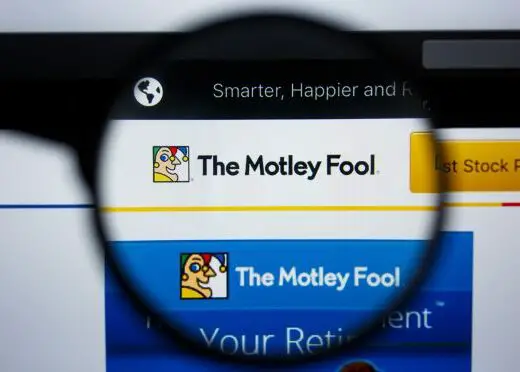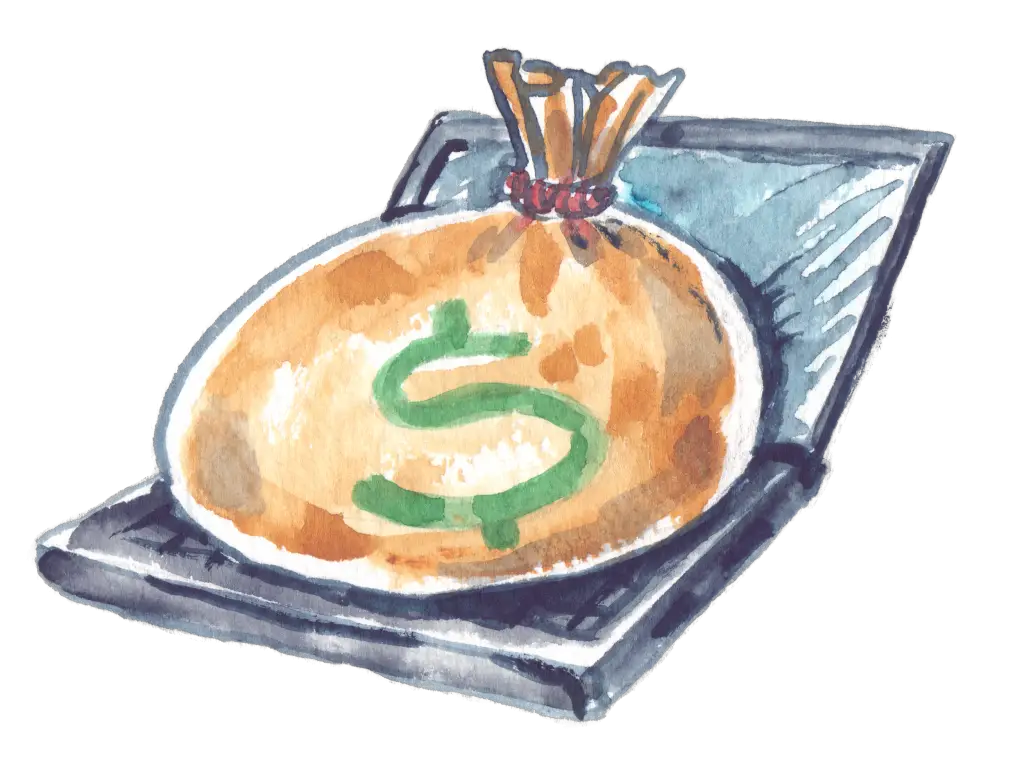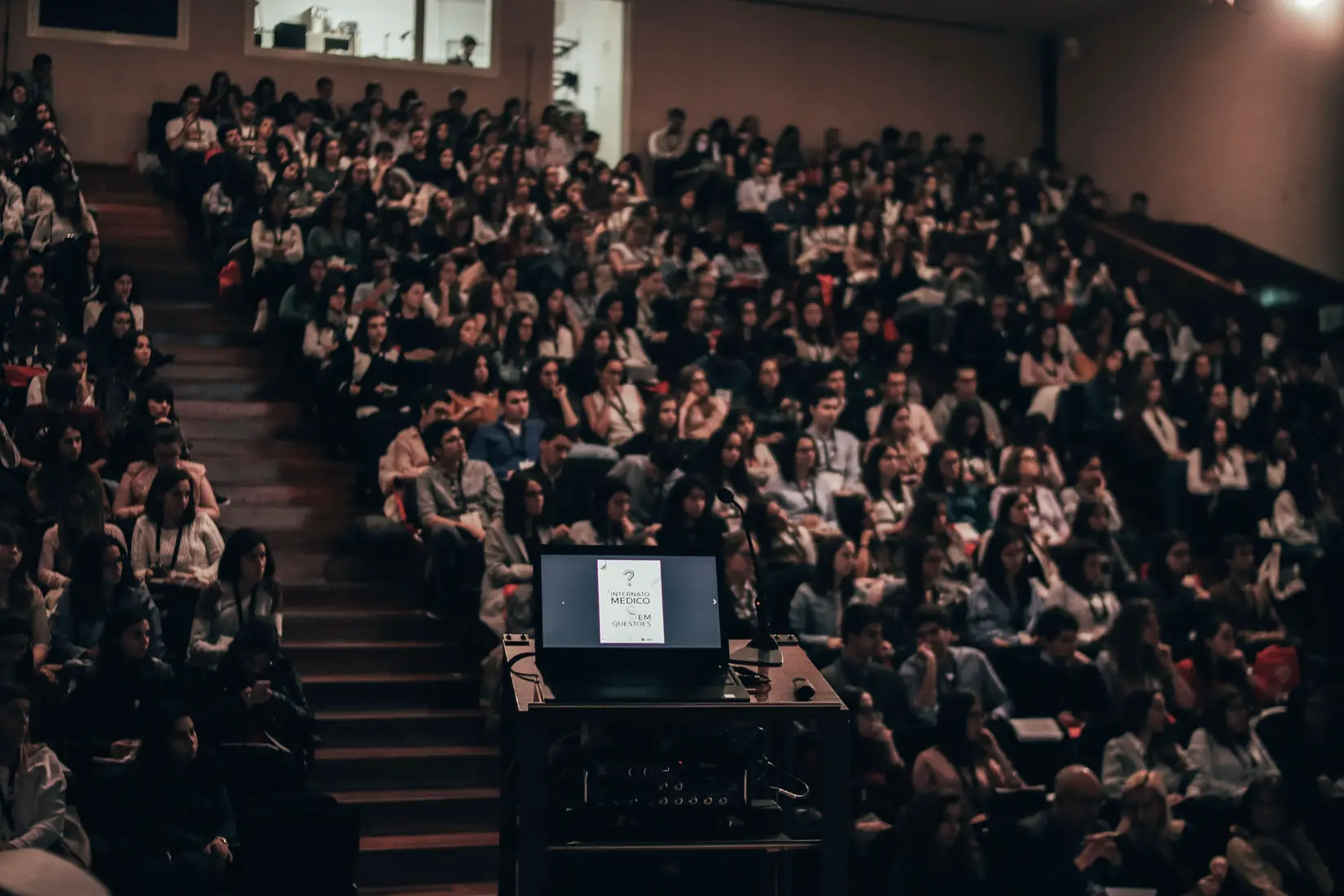
CommonCentsMom.com is advertiser-supported: we may earn compensation from the products and offers mentioned in this article. However, any expressed opinions are our own and aren't influenced by compensation. The contents of the CommonCentsMom.com website, such as text, graphics, images, and other material contained on this site (“Content”) are for informational purposes only. The Content is not intended to be a substitute for professional financial or legal advice. Always seek the advice of your Financial Advisor, CPA and Lawyer with any questions you may have regarding your situation. Never disregard professional advice or delay in seeking it because of something you have read on this website!
We ranked the worst colleges in America for 2022. Each college was scored and ranked based on a number of different factors including: the graduation rate, quality of education, the school’s reputation, the percentage of graduates who find jobs, and cost (sources available at the bottom of this article). Are you having trouble with choosing your perfect college? Or have you already made up your mind and decided to hire an admission paper writer to boost your chances of getting accepted? In both cases, knowing which educational institutions will most likely not meet your expectations won’t hurt. This way, you’ll avoid disappointment and will make the right choice.
According to feedback from essay writers at Bid For Writing company, students who go to a bad college are more likely to seek academic writing services because the quality of teaching at such colleges is super low.
Here are the 34 worst colleges in the US that you should avoid.
Worst Colleges In The US: Overview
- DeVry University
- Coppin State University
- Wesley College
- Alabama State University
- Mayville State University
- University of the Southwest
- Waldorf University
- Philander Smith College
- Lindsey Wilson College
- Fayetteville State University
- Stratford University
- Nazarene Bible College
- Florida Memorial University
- The University of South Carolina Aiken
- The University of Montevallo State
- Saint Augustine’s University
- Grambling State University
- Shaw University
- University of the District of Columbia
- Morris College
- Western International University
- The Art Institute of Atlanta
- Black Hill State University
- New England College
- The University of Maine at Augusta
- Rensselaer Polytechnic Institute, Eastern New York
- California State University Los Angeles
- Texas College
- Massachusetts Montserrat College of Art
- Michigan – Baker College in Flint
- Mississippi Valley State University
- Strayer University, Pennsylvania
- Columbia College Hollywood Private School
- Le Moyne-Owen College, Tennessee
1. DeVry University
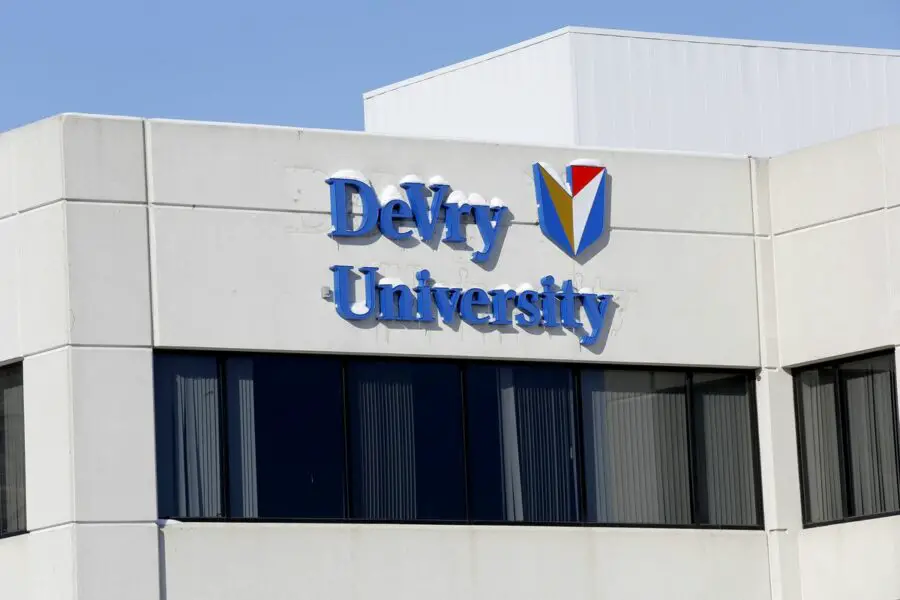
DeVry University was set up in Naperville, Illinois in 1931. It has a total of 18,195 students and an enrollment of 14,163 students at the undergraduate level. It is one of the worst colleges in America because its students graduate with a loan debt of $43,000. Plus, the graduation rate of the students is 29%. The yearly cost of attending this university is $23,769. And the average starting salary for graduates after 6 years is $44,100.
2. Coppin State University
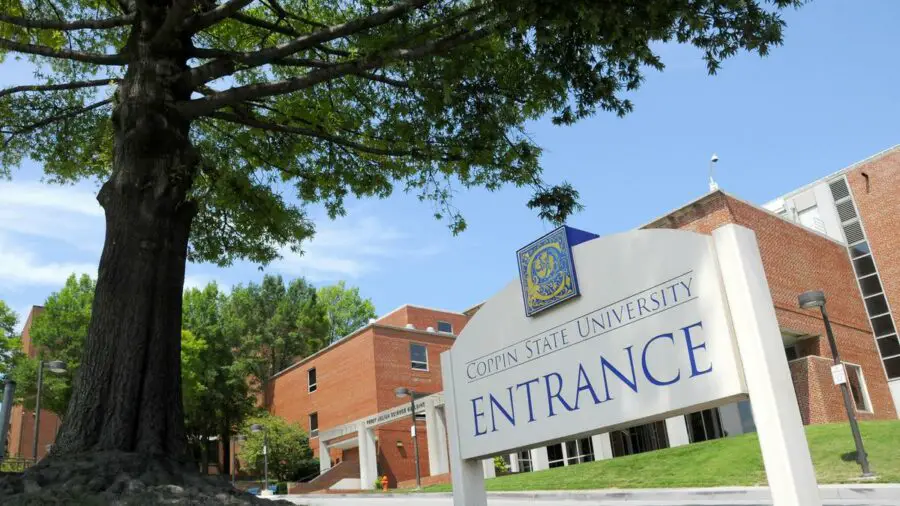
Coppin State University is ranked among the worst colleges in America, with a low graduation rate of 20%. It was set up in Baltimore, Maryland in 1900. The number of undergraduate pupils attending this public university is 2,383. The acceptance rate is 38%.
The total cost of attending this college is $30,202 for out-of-state students and $23,805 for in-state students. And upon graduation, the average loan debt per pupil is $23,936. However, the alumni’s median starting salary is $38,100 after 6 years of employment.
3. Wesley College
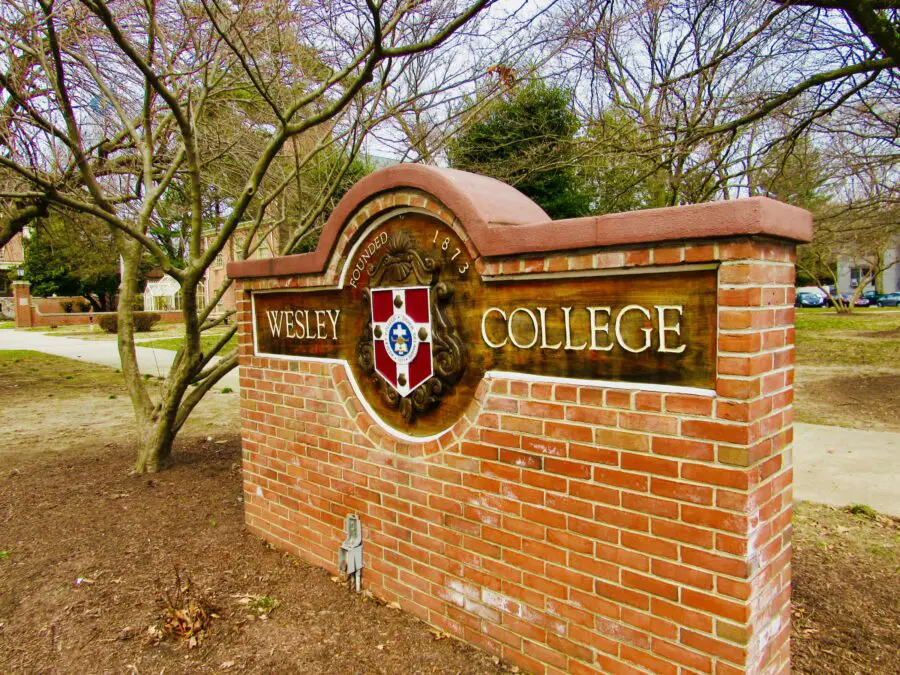
Wesley College has an average student loan debt of $31,084. The cost of attending this university is $43,620. It was set up in Dover, Delaware in 1873. The total number of students in this university is 2,320. Moreover, about 17% of students leave this college with a degree. They earn an average starting salary of $42,900 after 6 years of graduation.
4. Alabama State University
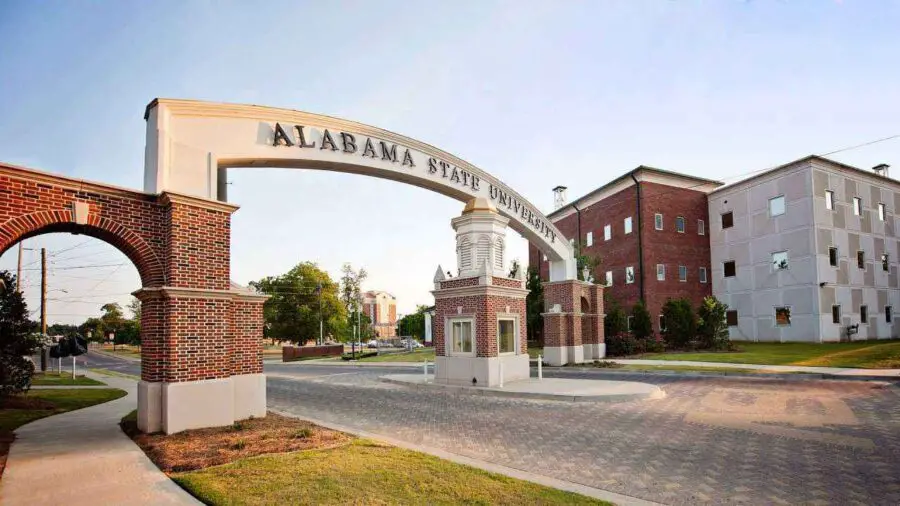
Alabama State University was set up in Montgomery, Alabama in 1867. It has an acceptance rate of 98% and an enrollment of 5,116 students at the undergraduate level. The total cost for out-of-state students is $30,438 and for in-state students is $22,119. The school has a graduation rate of 21%. Upon graduation, the average loan debt per pupil is $32,637. The median starting income is only $27,700 after 6 years of leaving the university. This could be why 21% of pupils default on their loans.
5. Mayville State University
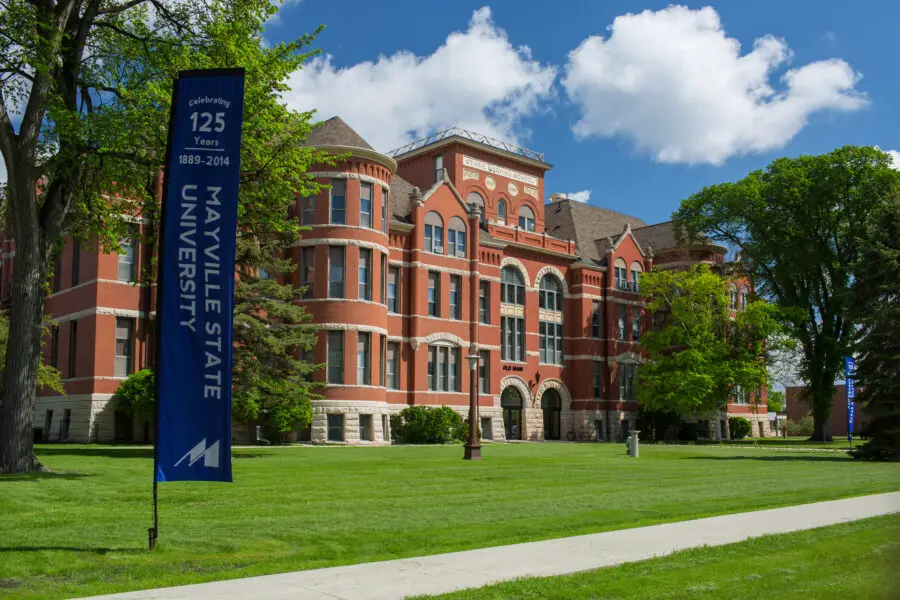
Mayville State University is listed as one of the worst colleges in the United States due to its graduation rate of 31%. It was founded in Mayville, North Dakota in 1889 and has a total of 1,184 students. The cost of attendance for out-of-state pupils is $22,061 and for in-state students is $19,164. And the average loan debt per student is $28,418. About 11.4% of students default on their loans.
However, the good thing about this institution is that 91% of their students get employed two years after leaving the university. Furthermore, they earn an average starting salary of $39,300 after 6 years of employment.
6. University of the Southwest

University of the Southwest was established in Hobbs, New Mexico in 1962. The total number of students is more than 1000 and about 441 undergraduates have enrolled in the university. The school has an acceptance rate of 45%. The graduation rate is 20% and the average cost of attendance is $27,626.
Usually, pupils leave the university with an average loan debt of $23,112. What’s more, they earn $36,200 as salary after 6 years of graduation. Finally, about 8.6% of students default on their loans.
7. Waldorf University
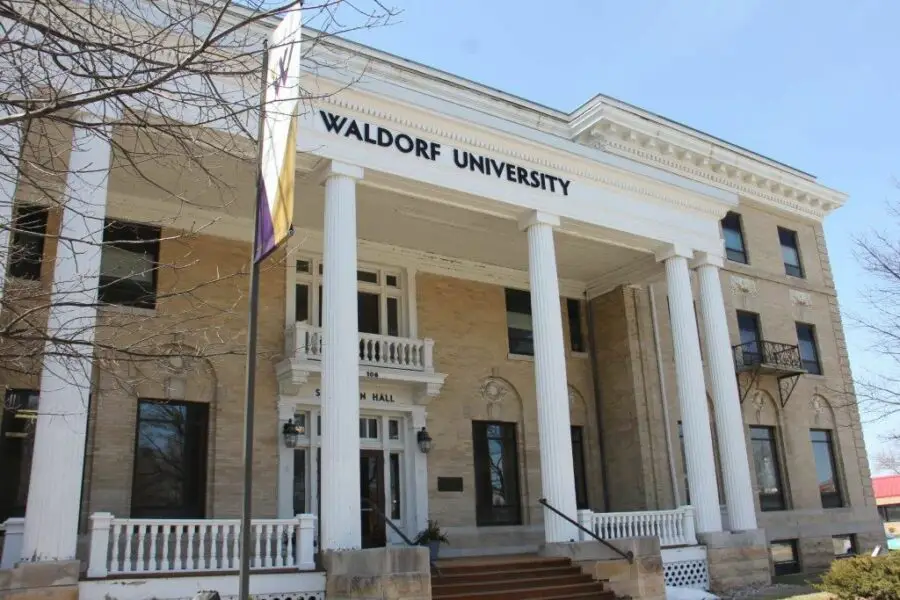
Waldorf University is regarded as one of the worst colleges to attend in the US, with a student loan debt of $27,804. It was founded in Forest City, Iowa, back in 1903. The institute has a total number of 4,500 pupils, and more than 2,600 students attend the undergraduate programs as the acceptance rate of the college is 75%.
The yearly cost of attendance is $21,000. Furthermore, the graduation rate is 23%, with just 26% of the pupils graduating on time. While graduates of this university earn a median starting income of $37,800, about 9.7% of students default on their loan repayment.
8. Philander Smith College
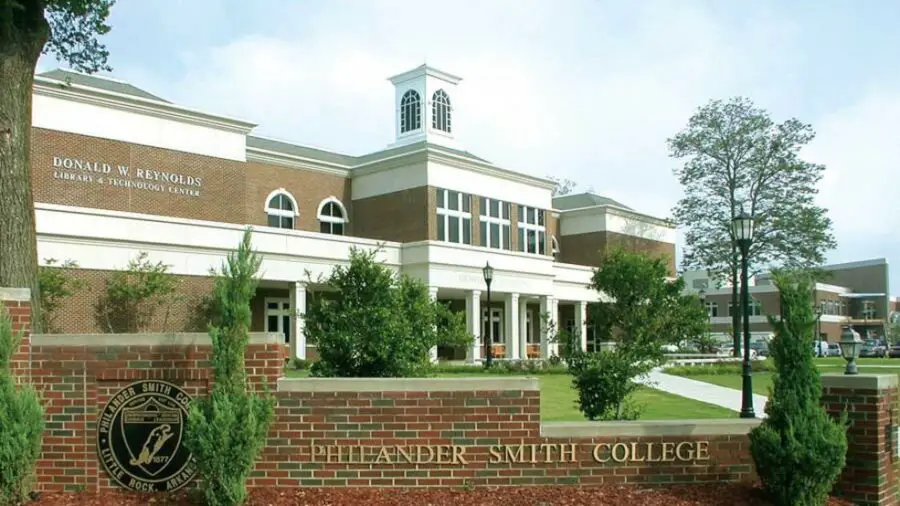
Philander Smith College was founded in 1877 in Arkansas. It has a total of 760 students and the average cost of attendance is $26,007. About 39% of the pupils get to graduate from the university every year with an average loan debt of $26,616. The median starting salary is $24,400, and approximately 20.1% of students find it hard to repay their loans after 3 years of graduation.
9. Lindsey Wilson College
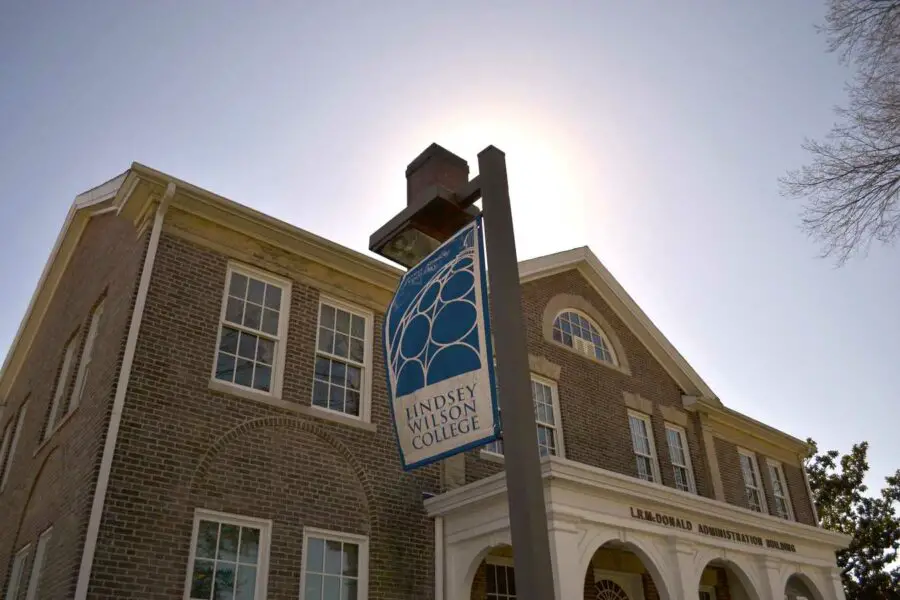
Lindsey Wilson College was founded in Columbia, Kentucky, back in 1903. It has a total of 2,590 students, with a postgraduate population of 446 and an undergraduate population of 2,144. The average loan debt per pupil is $21,000 and the average cost of attending the educational institution is $34,232. The university has a low graduation rate of 33%, making it difficult for pupils to attend.
Graduates of this university earn an average starting salary of $38,500. The return-on-investment after 20 years is at – $160, 800. And the average default loan rate is 9.6%. The best thing about this university is that 85% of its pupils find a job 2 years after graduation.
10. Fayetteville State University
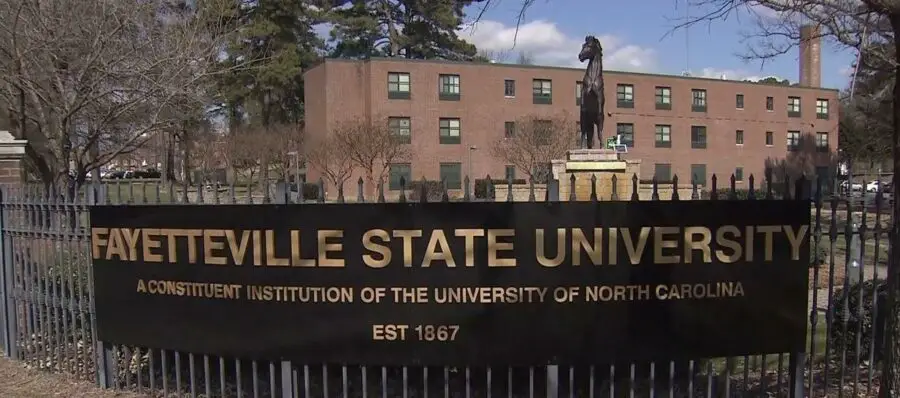
Fayetteville State University was established in 1867 in North Carolina. The number of undergraduate students is below 5,400 which is the total number of students in the school. Despite the large population, about 57% of the students get to leave the college. The total cost of attendance for out-of-state pupils is $29,129, while in-state students pay $17,521. The average loan debt is $21,000 upon graduation. The median starting income is $38,000. The return-on-investment after 20 years is $29,500.
11. Stratford University
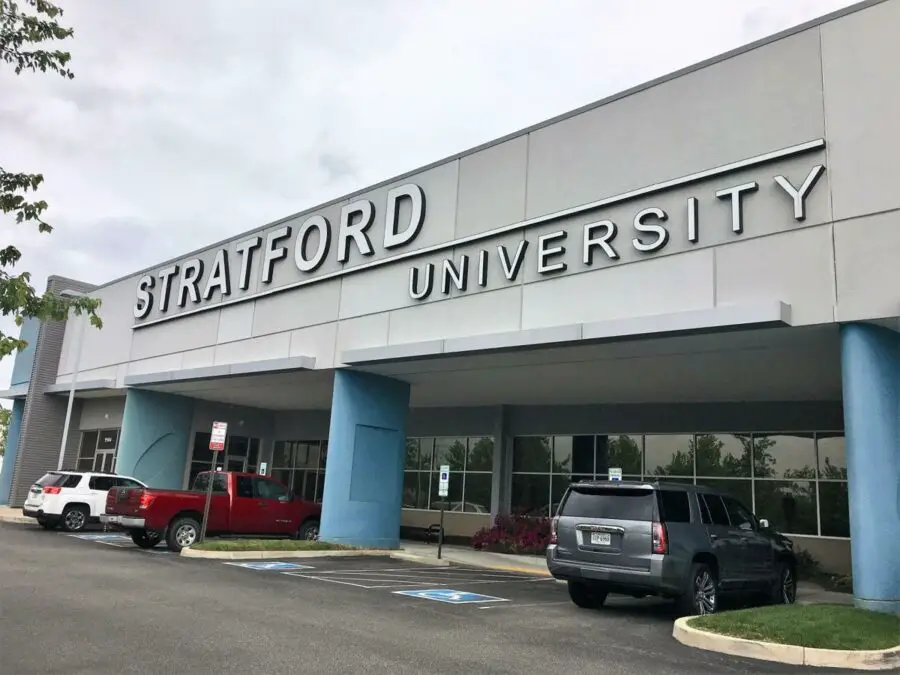
The majority of the pupils studying in Stratford University are on part-time programs. This college was founded in Northern Virginia in 1976. The yearly cost of attendance is $28,435. The institution has a total of 2,096 pupils with 1,817 being undergraduates. Students who get to graduate with a degree are only 30% and they earn a starting salary of $35,500 during the first few years of employment. Last but not least, the university has an average loan debt of $10,834 per pupil which is quite low.
12. Nazarene Bible College
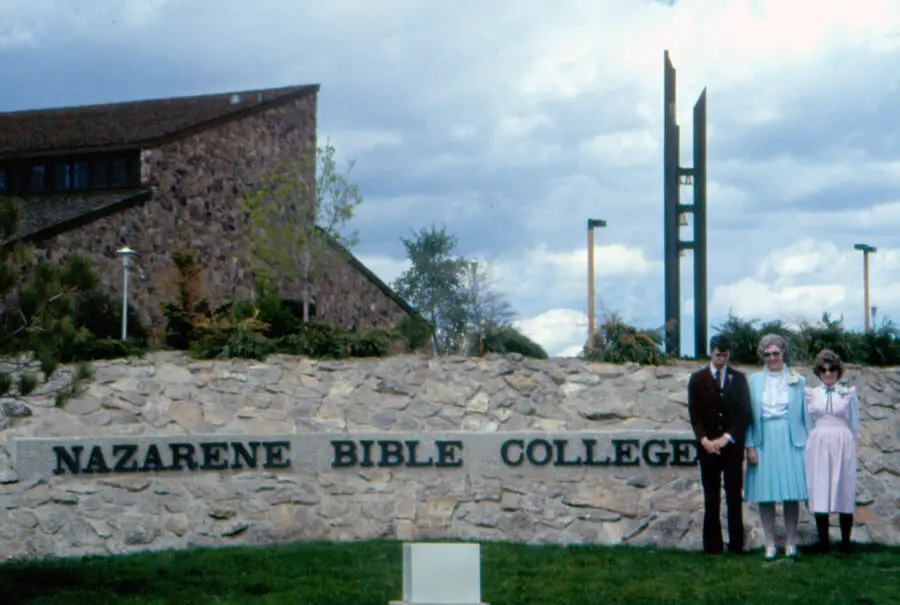
Nazarene Bible College is one of the worst colleges in America. The default loan rate is 12.9% and the graduation rate is 16.4%. It was established in Colorado Springs, Colorado in 1964. Around 1,400 pupils are enrolled in this university. The total yearly cost of attendance is $26,860 and the average students to faculty ratio is 7:1. What’s more, the average loan debt per pupil is $42,340. The average starting salary after 6 years of graduation is $29,700.
13. Florida Memorial University
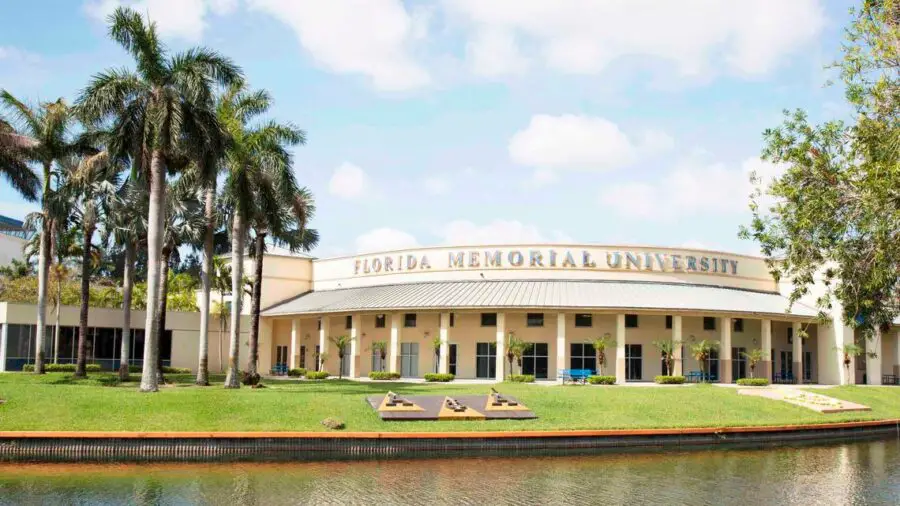
Florida Memorial University makes the list of worst colleges in America in 2021. The average student debt is $30,169. This university was established in Miami Gardens, Florida in 1879. The total number of pupils in this institution is 1,800 and the total number of undergraduate pupils is 1,669. The graduation rate of the university is 38% and the yearly cost of attendance is $22,270. The return on investment is at – $64,000 and a median starting income is $36,600 for graduates of the university.
14. The University of South Carolina Aiken
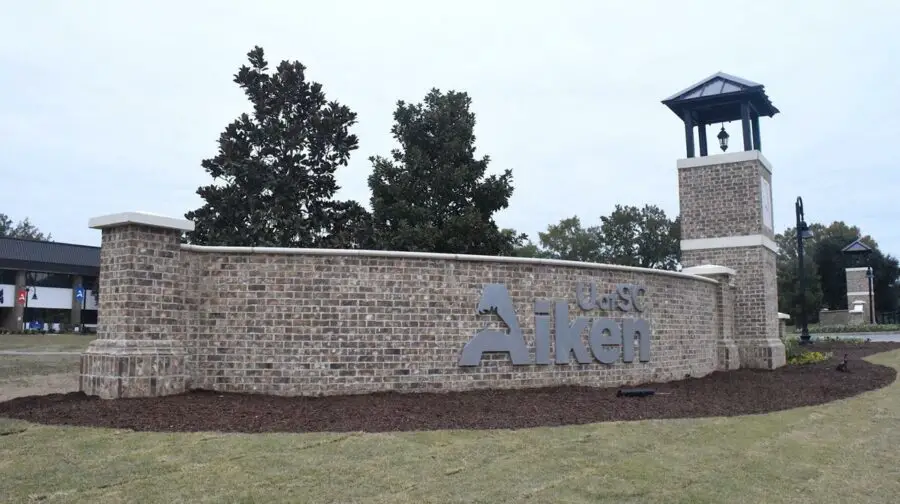
The University of South Carolina Aiken was established in Aiken, South Carolina, back in 1961. It has a postgraduate enrollment of 157 and an undergraduate number of 3,223. The in-state pupils pay $18,526 as the yearly cost of attendance, while out-of-state pupils pay $28,900. Unfortunately, many pupils do not like to graduate from this institution due to a lack of job opportunities in the community. Students typically transfer to other universities.
The graduation rate of this university is 42% and the average debt per pupil is $24,692. Students who graduate from this college earn a median starting income of $41,000 after some time. Lastly, the return on investment is at -$28,100.
15. The University of Montevallo State
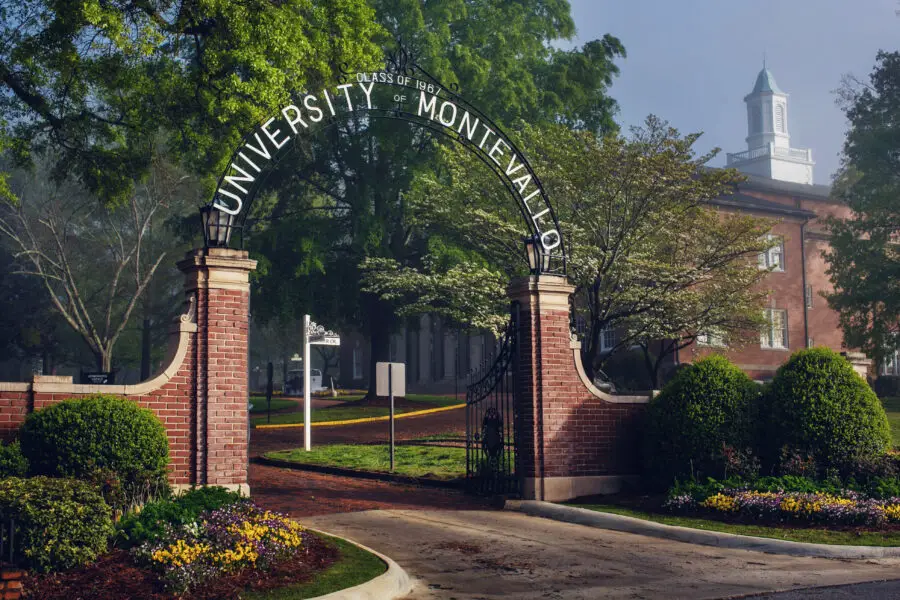
The University of Montevallo State was founded in1896 in Montevallo, Alabama. In fact, it is the only public liberal arts college located in Alabama. The university has a total number of 2,600 pupils of which 2,346 are undergraduates in spite of having an acceptance rate of 48%. What’s more, the average student loan debt is $25,484.
Surprisingly, nearly half of the pupils graduate every year as the graduation rate of the college is 49%. In-state pupils pay $27,000 as the yearly cost of attendance, while out-of-state pupils pay $40,000. With some of the pupils leaving with heavy debt upon graduation, the return on investment is at -$20,200. However, the median starting income for graduates of the college is about $38,000.
16. Saint Augustine’s University
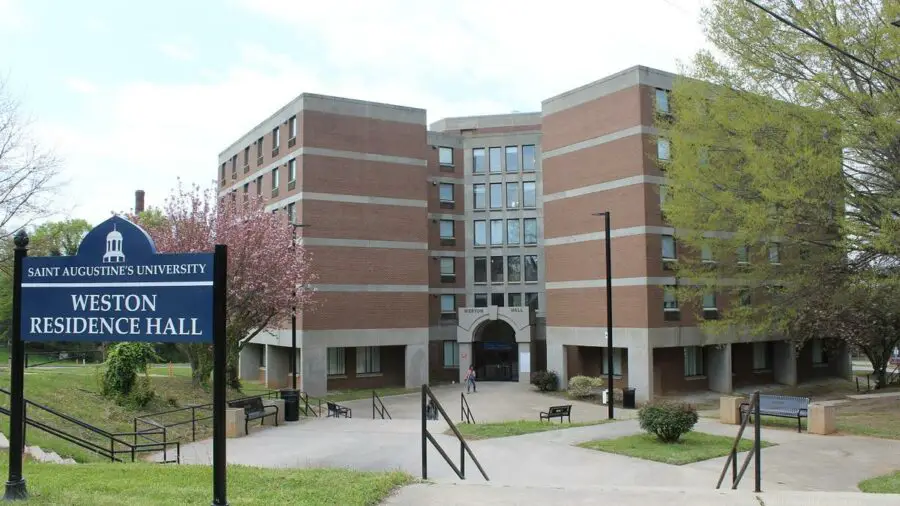
Saint Augustine’s University was established in Raleigh, North Carolina in 1867. It has a total number of 974 pupils. The institution has a graduation rate of 26% and an average loan debt of $22,500. In-state students pay $7,692 as the cost of attendance, while out-of-state pupils pay $17,890. Upon graduation, the alumni of the university earn a median starting salary of $21,500.
17. Grambling State University
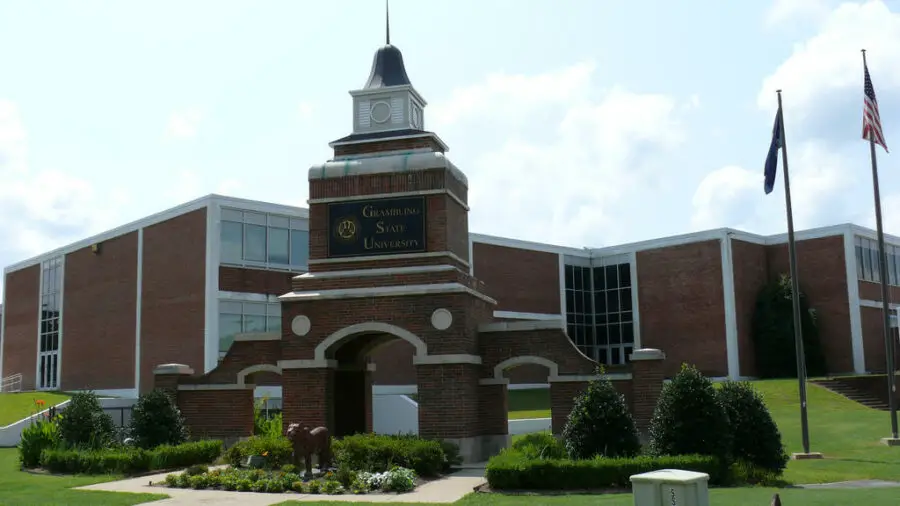
Grambling State University was founded in Louisiana in 1901. The total number of undergraduate pupils in the university is more than 4,000 and about 41% of students are likely to graduate with a degree. The yearly cost of attending the university is $24,703 for in-state pupils, while out-of-state students pay $33,726. The average student loan debt is $25,732.
The median starting income for graduates of the institution is $43,800. However, about 16.1% of students default on repaying their loans. The return on investment is $61,100.
18. Shaw University
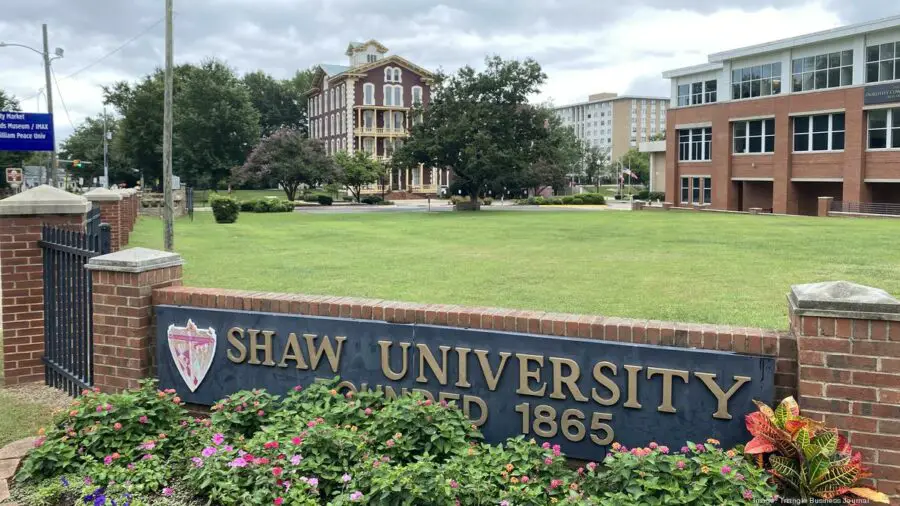
The graduation rate of Shaw University is a mere 18%. This is why it is one of the worst colleges in America. It was founded in Raleigh, North Carolina in 1865. The educational institution has a total of 1,660 pupils, with an undergraduate enrollment of 1,546. The total cost of attending college is $29,734 and the average student loan debt is $28,144.
The return on investment is estimated at – $ 93,600 after twenty years and the average starting salary for graduates is $29,600. The default loan repayment rate is 19.6%.
19. University of the District of Columbia
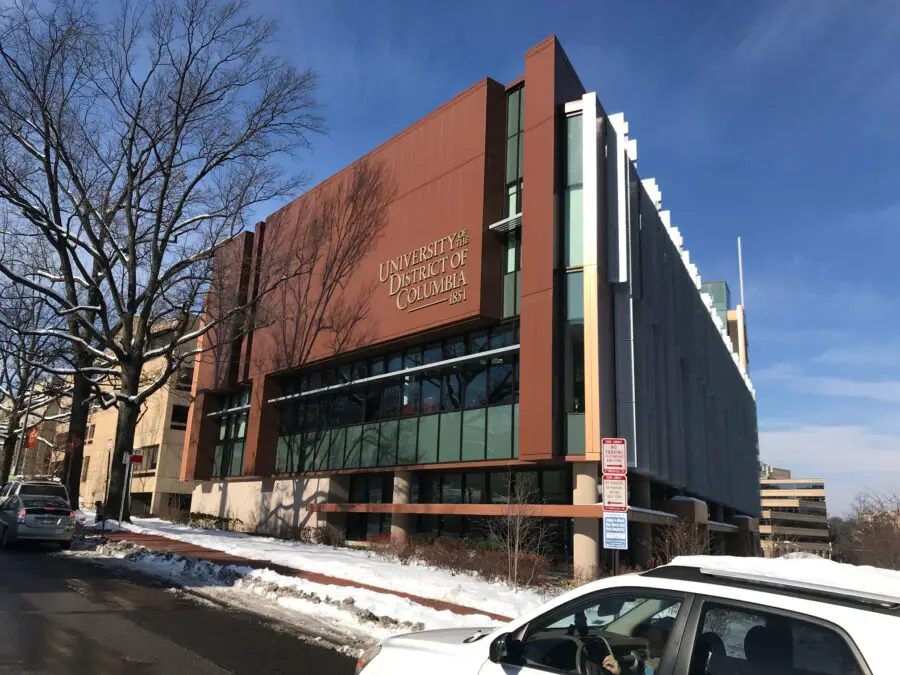
University of the District of Columbia was established in Washington, D. C. in 1851. It is the only public institution located in Washington DC. The total number of undergraduates in the university is 3,900. And the graduation rate is 18%.
For in-state students, the cost of attending the college is $23,071, and for out-of-state pupils, the cost is $29,600. Pupils leave the university with an average loan debt of $22,000. The alumni of the university earn a median starting income of $51,300.
20. Morris College
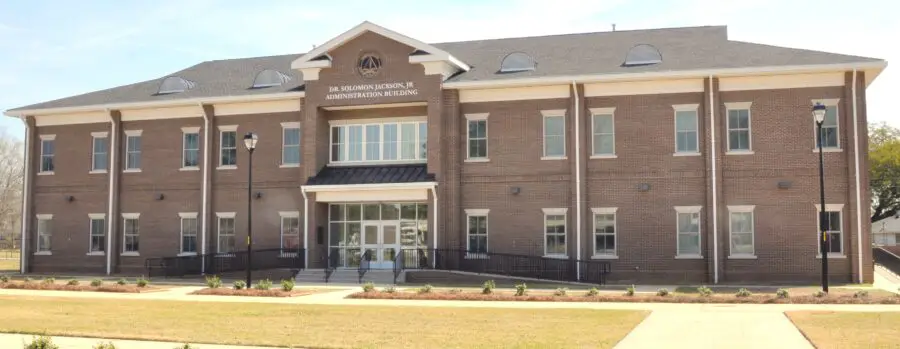
Established in 1908, Morris College is operated by South Carolina’s Baptist Educational and Missionary Convention. It has about 1200 undergraduate students and 20% of students get to graduate from this institution yearly. And the cost of attendance is $27,170. The median starting income for the graduates of the university is $32,300. And the average loan debt per pupil is $26,000.
21. Western International University
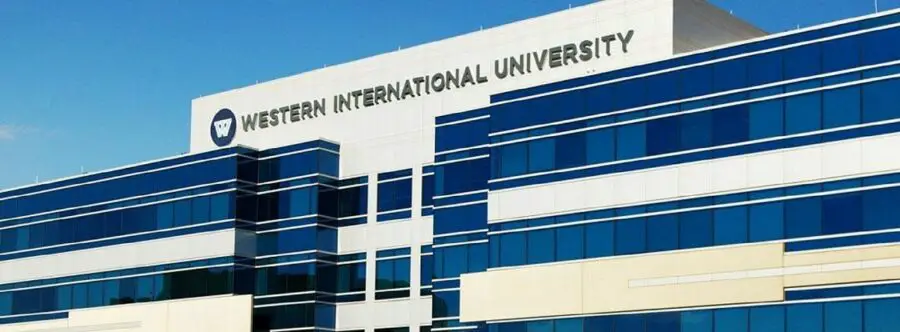
The graduation rate of Western International University is an embarrassing 15%. The university was founded in Arizona in 1978. It has an undergraduate population of about 1,300. The total number of pupils attending this college is more than 2,000 and the students to faculty ratio is 340:1. The cost of attendance is $6,000. However, about 6.2% of students defer on loan repayment after 3 years of graduation, as the average loan debt per student is $21,228.
22. The Art Institute of Atlanta
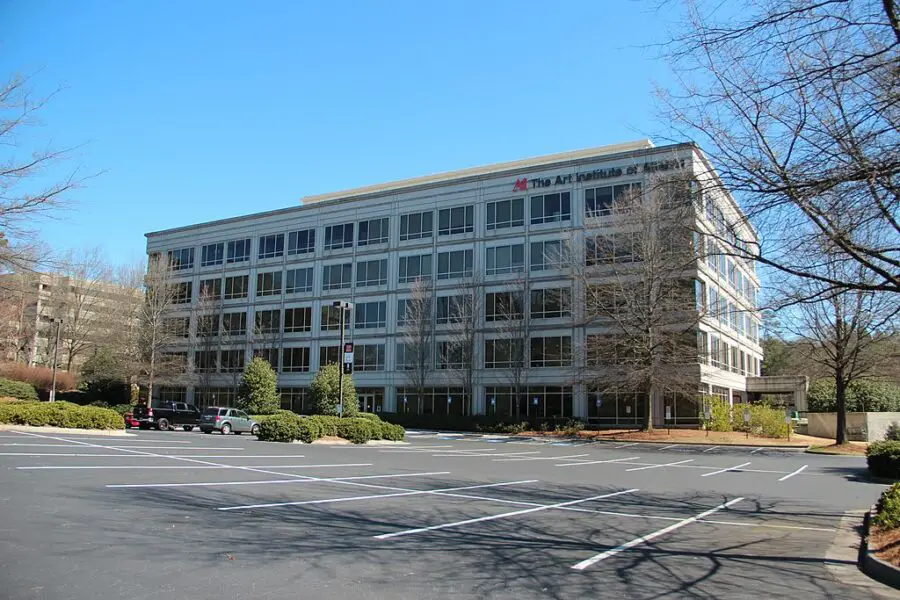
The Art Institute of Atlanta was established in Dunwoody, Georgia in 1949. It is a for-profit art school with a graduation rate of 16% and undergraduate enrollment of below 1,246. Surprisingly, only 11% of the students get to graduate on time. The average cost of attending this university is $21,000, while the average loan debt per pupil is $31,656. The median starting income for graduates is $35,300 after ten years of graduation. And the default loan rate of the college is 18.8%.
23. Black Hill State University
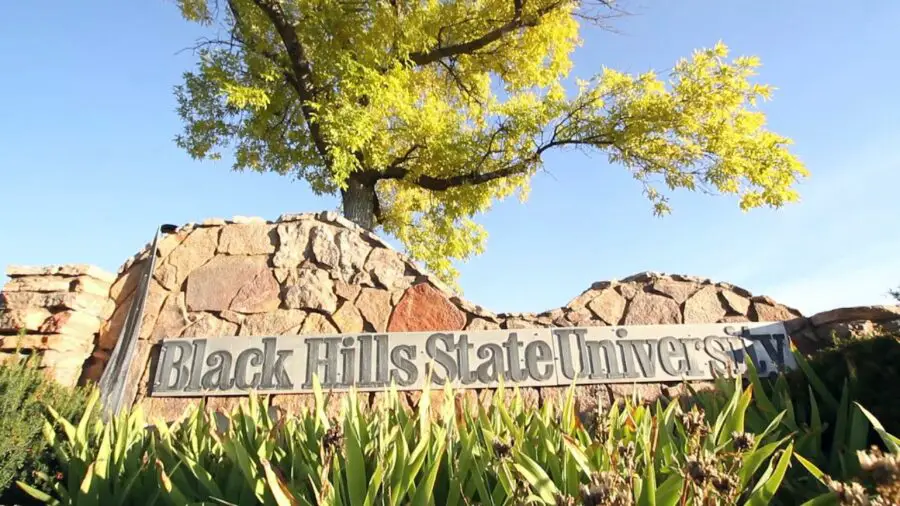
Black Hill State University was established in Spearfish, South Dakota, back in 1883. About 13% of the students get to graduate on time. The college has a graduation rate of 38%. The undergraduate enrollment of the school is 3,858. Pupils leave the university with an average loan debt of $25,400. The total cost of attendance is $24,997 for out-of-state pupils and $21,851 for in-state pupils. And the return-on-investment is at -$24,000 after 20 years.
24. New England College
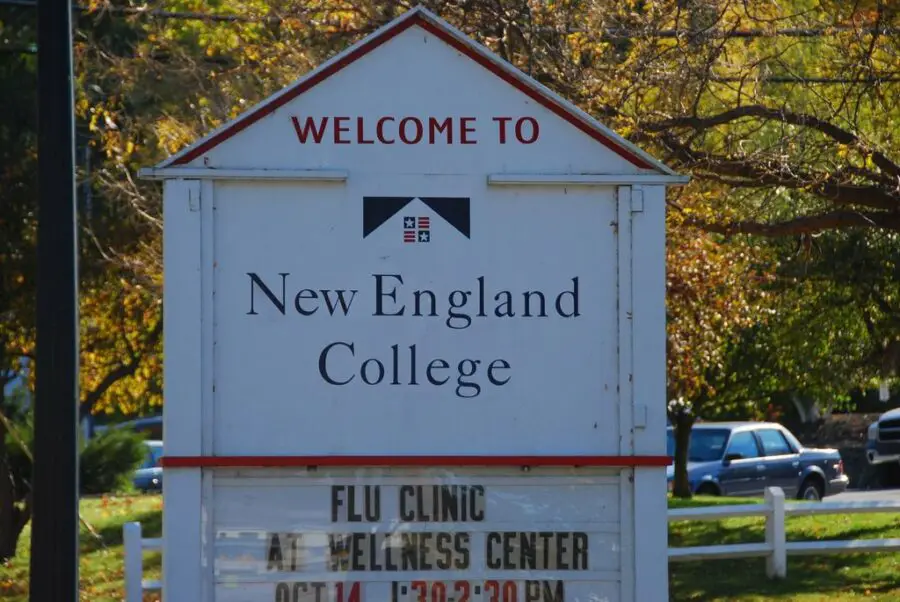
New England College was founded in Henniker, New Hampshire in 1946. And its average loan debt per pupil is $34,536. About 2,800 students enroll in their graduate and undergraduate programs. And the total number of undergraduate students is 1,200. The school has an acceptance rate of 100%. However, the graduation rate of this public arts college is 38%.
The yearly cost of attendance is very costly at $57,585. About 12.2% of the students default on their loans. And the students get an average starting salary of $37,900 after 6 years of graduation.
25. The University of Maine at Augusta
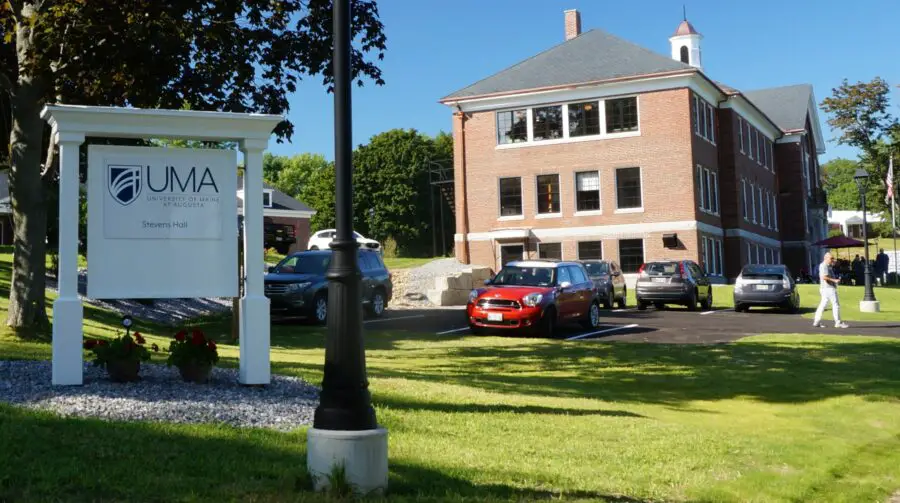
The total number of students in The University of Maine at Augusta is 6,000. About 30% of the students get to graduate from this university yearly. The university was founded in Augusta, Maine in 1965. The yearly cost of attendance is $20,968 for in-state students and $32,138 for out-of-state students. The average loan debt per student is $23,896. And the median starting income is $27,700. However, about 17% of the students default on their loans.
26. Rensselaer Polytechnic Institute, Eastern New York
The total number of students at Rensselaer Polytechnic Institute is 7,442. About less than 80% of the students get to graduate from this university yearly. In 1824 Stephen van Rensselaer and Amos Eaton founded the private institute. The yearly cost of attendance is $75,824 to $55,600. The average loan debt per student is $6,147 per year. And the median starting income is $68,400. Compared to other universities in this list, Rensselaer Polytechnic Institute actually has a better standing and offer more student loan payment service.
27. California State University Los Angeles
There are now around 485,550 students at California State University. Around 68.7% of the students graduate from this university each year. One of the oldest campuses in that area, San Jose State University, was founded in 1857. It was the first college in California that was open to public higher education.
On the typical year, the cost of attending college is $11,782. That includes both commuters and on-campus students. On average, the average amount of student loans that each student owes is $15,531. The median income for those who started working was $42,200.
28. Texas College
The total number of students who are enrolled at Texas College is 940. About 19.6% of the students are able to graduate from the University each year. One of the first groups of teachers in Texas was CMEC. They were members of this church. That group founded the Texas College System in 1894. The cost of attending a Texas College is $22,059 for students who live on the campus and $32,482 for students who live outside of the campus. The average loan debt for each student is $31,000. At the median, the first income for the group was $39,725.
29. Massachusetts Montserrat College of Art
374 students are enrolled at Montserrat College of Art. Every year, 65.3% of the students graduate from this university. The Montserrat College of Fine Arts, which is located in Malta, was founded in 1970 by a group of talented creative professionals. From Massachusetts, it became part of the New England region. There is no difference in the tuition costs for those who live outside of Massachusetts but want to attend Montserrat College of Art. A fee of $32,850 is required for those who live in Massachusetts. The average amount that students owe is $27,000. The median starting income for a household was $26,500.
30. Michigan – Baker College in Flint
The total number of students at Baker College is 7,240. About 16.3% of the students get to graduate from this university yearly. Baker College began to be a college that was called Baker Business University. It was founded in Flint, Michigan, in 1911, by Eldon E. Baker. The annual price to attend Baker University full-time is $46,220 for all students regardless of where they live. Fees payable to the college include $30,170 for tuition, $9,150 for room and board, $1,200 for books and supplies, and $600 for other fees. The average loan debt per student is $24,500. And the median starting income is $40,800.
31. Mississippi Valley State University
So far, there are 23,086 students at Mississippi Valley State University. Every year, 64.3% of the students graduate from this university. Mississippi Valley State University was founded in 1950. It is located in the historical Delta of Mississippi. It is one of the youngest of all the historically black colleges. There are still some people who can pay the tuition and fees for the first year of undergraduate studies at Mississippi Valley State University. Tuition for residents of Mississippi is $5,746 and for foreigners, $5,746. A typical amount of student loans per student is $31,000. It was reported that the median starting income was $36,358.
32. Strayer University, Pennsylvania
The total number of students at Strayer University is 2,384. About 22.4% of the students get to graduate from this university yearly. Strayer University is a private, non-profit university based in Washington, D.C. It was founded in 1892 by Dr. S. Irving Strayer. At Strayer University graduate students, the cost of attendance is $27,779. The average loan debt per student is $39,000. And the median starting income is $58,000.
33. Columbia College Hollywood Private School
There are 335 students at Columbia College Hollywood. A total of 59% of the students in this university end their studies each year. In 1952, Columbia College Hollywood started in the MacArthur Park neighborhood in Los Angeles. That was a branch campus of Columbia College, which had previously been located in Chicago. On average, Columbia College Hollywood charges an annual cost of attendance (COA) of $26,175. The average loan debt for a student is $19,901. In 2018, the median starting income was $23,800.
34. Le Moyne-Owen College, Tennessee
There are 987 students at Le Moyne-Owen College. About 12.2% of the students at this university graduate every year. Lemoyne Normal and Commercial School, founded in 1862, was a school for men and women who traded. When the American Missionary Association sent Lucinda Humphrey to set up an elementary school at Shiloh, Tennessee, it was a place where the free blacks and escaped slaves were taught. On average, Le Moyne-Owen College charges a cost of attendance of $12,076. The average amount that students owe to a financial institution is $24,250. The median starting salary for most graduates is $20,900.
What Determines College Rankings?
For more than a decade, the Higher Education World University Rankings have helped young people and their families make these important decisions.
The rankings change every year, and they now include more countries and more universities.
This allows you to compare a larger number of institutions. If you are looking to study abroad or if you are studying at home.
By having our own data team, we can ensure even greater transparency over the raw data. Other important raw data, including the number of students, the student gender ratio, the staff-to-student ratio, and the percentage of international students, are now publicly available.
A university’s ranking is based on five categories that cover the core missions of all world-class, global universities: teaching, research, citations (research influence), industry income, and international outlook.
This list of the five best universities in each category (where the universities are ranked) is available in the section called performance breakdown. That means that in addition to searching for schools by their overall rank or for a specific institution, you can also sort the table by the five metrics and make a decision based on certain priorities.
What Determines Best Colleges Aside from Their Rankings?
Low rankings don’t mean your local colleges are terrible. Even if you’re applying to a top 10 school, there are plenty of other factors that should be considered.
So, how do you figure out the best colleges?
Here are some factors to consider:
Is the school expensive? Is it close to home? Is it a “good fit” for your needs? Is it a good community college? Does it have great programs for your major? Does it have good academics, etc.? Is the campus attractive and welcoming? Does the school seem good at placing students in jobs after graduation? Is there something else you like about the school? (such as a campus that has lots of stuff to do or an amazing social scene)
Those are just some things that should be considered when determining whether or not a college is a good fit. However, I will say that if you look at most schools on this list and see any of these issues, then I would recommend going elsewhere. These schools don’t have what it takes to make your life successful after graduation.
Is Community College Bad for Your Future Job Prospect?
If you want to get a job after college, then you should probably consider a college that is near where you live. You don’t want to spend thousands of dollars on an education and have to move somewhere else in order to find a job.
However, community colleges are not the best schools for this reason. Many people don’t realize that community colleges have limited resources and funding for their students. So, if you go to a community college, then you may end up having limited career opportunities or getting stuck in low-paying jobs that require little education or training. This can be devastating for your future job prospects.
For example, many community colleges do not offer anything like an associate’s degree program. In fact, they usually offer only an associate’s degree (which has very little career value). So if you want to get a better job after college (such as going into management), then I would recommend getting at least an associate’s degree from somewhere else before going to a community college (especially if it’s close by). The problem with this is that most people aren’t aware of this fact and end up wasting thousands of dollars at community colleges by doing so.
Does Your High School Background Affect Your Choice in Higher Education?
The short answer is yes. The longer answer is that it depends on you. The best colleges are those that are “a good fit” for your high school background.
So, how do you figure out whether or not a college is a good fit? It’s important to realize that not all colleges are created equal. There are different types of colleges, and the “best” ones tend to have certain things in common. However, the following list of factors can help you determine whether or not a college is a good fit for you:
Does the school accept students with specific types of high school backgrounds? (such as students who have studied chemistry or students who have taken advanced math classes) Does the school take into account your personality type? (if you’re more introverted, then you probably wouldn’t be able to do well in an extroverted environment) Does the school encourage certain things (such as studying English)? Does the school promote social interaction among students? Does the school provide many opportunities for activities outside of class? Is there something about the community where it’s located that appeals to you? Is there something about the campus itself that appeals to you? Are there enough study resources available at the college? Do most people like going to this college? Is the school accredited? Does the school have an alumni network? Does the school have an active community of students that are very helpful and supportive?
These are just some of the things that should be considered when deciding whether or not a college is a good fit for you. However, it’s important to realize that your high school background doesn’t mean that you won’t be able to do well at a different college.
The Bottom Line on Choosing Colleges
It’s important to realize that not all colleges are created equal. There are different types of colleges, and the “best” ones tend to have certain things in common. However, it’s also important to realize that there are some factors that can help you determine whether or not a college is a good fit for you.
For example, if you’re interested in pursuing a career in science or engineering, then it would probably be best if you got your education at a place like MIT or Caltech (or another top university). However, even if you get your education at one of these places, then it doesn’t mean that you won’t get along with people from other colleges (and vice versa).
Should You Choose a Non-Profit School for Your Bachelor Degree?
A lot of people don’t realize that you can get a good education at a non-profit school. This is a great choice for students who want to pursue a career in science or engineering.
Here are some of the reasons why non-profit schools are good for this type of career:
Students who get their education at non-profit schools usually do well on the SAT and ACT tests. This means that you’ll be able to get into good colleges (even if you have mediocre grades). Students who get their education at non-profit schools usually get high scores on the GRE tests.
This means that you’ll be able to get into good colleges (even if you have mediocre grades). Non-profit schools have lots of resources available for students (such as lab equipment, tutors, etc.). Non-profit schools typically have great research facilities and opportunities for undergraduates to work in these facilities.
Non-profit schools usually provide strong support systems and networks among students. Many people enjoy going to non-profit schools because they tend to be smaller and more personal than other types of colleges.
Many people enjoy going to non-profit schools because they tend to be smaller and more personal than other types of colleges. Some people also enjoy going to non-profit schools because they have small class sizes.
Non-profit schools are great for students who want to pursue a career in science or engineering. However, it’s important to realize that not all non-profit schools are created equal. Some of them can be quite bad, and some of them are just average. It’s important to do your research before choosing a non-profit school for your education.
What To Do When You are Enrolled in the Worst Schools?
The best thing to do when you are enrolled in the worst schools is to take advantage of all of the resources that are available to you. You should find ways to make the most out of your time at school. For example, you should take advantage of the free tutoring services that are available at your school. You should also find ways to make friends with other students and keep in touch with them after graduation. The most important thing is to find ways to make the most out of your time at school.
The second best thing that you can do is make sure that you don’t waste money on unnecessary expenses. It’s a good idea to avoid eating out at restaurants as much as possible (especially if you’re going to college). This will save you a lot of money and help prevent you from spending too much money on unnecessary things (such as buying overpriced food from restaurants). It’s also a good idea to get involved in extracurricular activities or clubs on campus. This will help you meet new people and keep in touch with them after graduation.
Another good thing that students can do is study hard for their classes, get involved in extracurricular activities, and have fun while they’re in college. This will help them to make the most out of their time at school.
Conclusion
College is expensive, and it’s important to make sure that you’re spending your money wisely. When choosing a college, it’s important to make sure that you’re getting the best education possible. However, you should also be aware of the different types of colleges and which ones are good for certain types of students.
In addition, it’s important to realize that not all colleges are created equal. Some of them are just average, and some of them are very bad. It’s important to do your research before choosing a college for your education.
SOURCES
College Factual Graduation and Retention Rates




